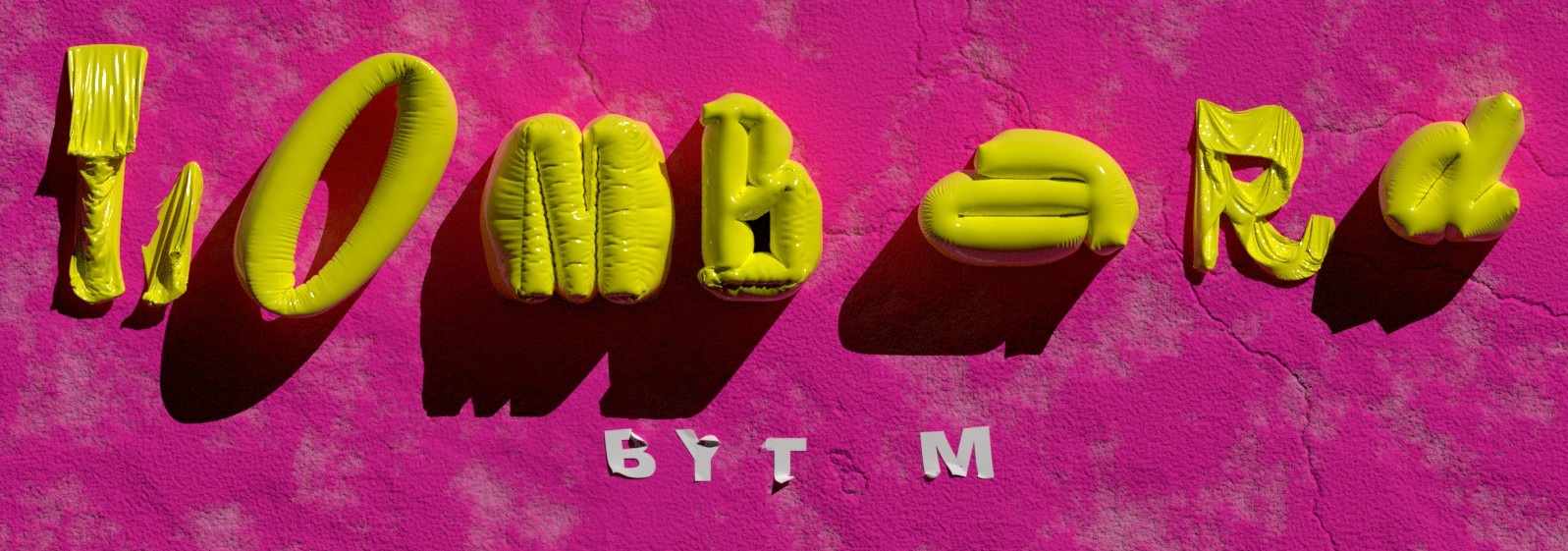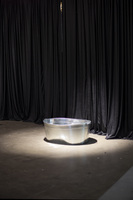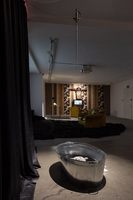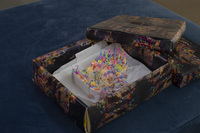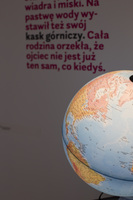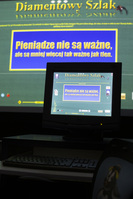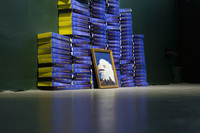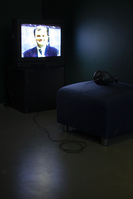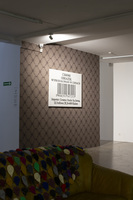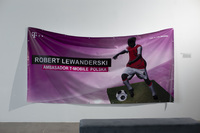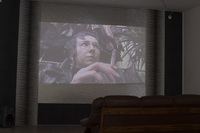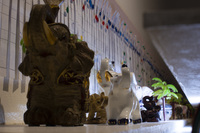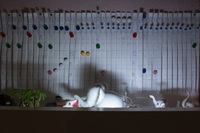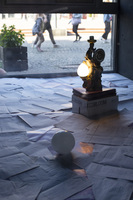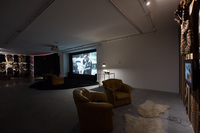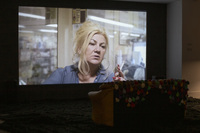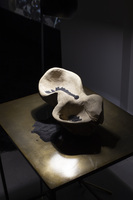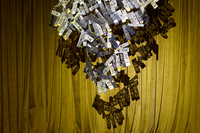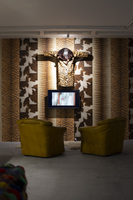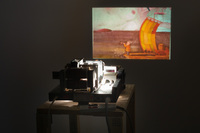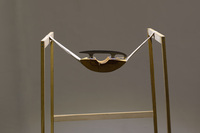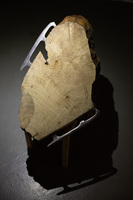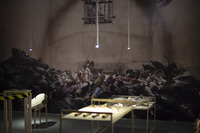The pawnshop is not only a place for loans on pawned goods, an accumulation of objects 'from a needle to a helicopter', but also a metaphor for existence in a place with a difficult past, still struggling with the problems of failed system transformation.
'We have more than 70,000 items, I'm sure you'll pick something,' says the female protagonist in one of the first scenes of the documentary 'Lombard'. - We were in the centre, but our tenement house collapsed, we had to move unfortunately.
1 Wytrwałych Street, Bobrek. A small district of Bytom that brings together the whole spectrum of problems that Upper Silesia has been struggling with for years. The landscape observed by the film crew shows the post-industrial context: the economic situation of the inhabitants is dramatic, the majority, as a result of permanent unemployment, live in poverty, struggle with addictions and violence. In the centre of Bobrek is the last active mine in the town, and nearby can be seen the crumbling remains of the steelworks and other industrial plants - a legacy of the failed transformation. The pawnshop itself, located in a former market building, is a living monument to the time of the capitalist transformation. The absurd accumulation of objects for which there has been no real demand for almost a quarter of a century shows how thin the line between valuable and useless is. 'We will be very rich indeed if we sell all this,' the owner deludes himself. From the picture he presents, it appears that he is more of a collector than a trader, although he presumably did well in the 'pre-breakthrough' times. Under the conditions of the new capitalism, he fails, does not conform, perhaps does not understand the new rules, and is forced to fold up the business. "Lombard" is the story of those who have failed in the market game and who cannot be saved from bankruptcy even by a mammoth tooth.
The artists build Lombard anew in the centre of post-industrial Bytom, at 26 Market Square. They select any elements they like from the film image, basing them on sentiment, a nostalgic spirituality oscillating on the verge of kitsch, often with a wink, and often quite ruthlessly. The resulting exhibition presents artistic works that relate in their form and content to the theme of the film. In the exhibition, Lombard is not only a place where loans are given against collateral for goods, an accumulation of objects 'from a needle to a helicopter', but also a metaphor for existence in a place with a difficult past, still struggling with the problems of the failed system transformation. The exhibition also reflects on issues related to consumerism and the problems of everyday life for young people in the current reality.
Participating in the exhibition are artists associated with the interdisciplinary activities studio of the Academy of Fine Arts in Katowice, under the supervision of Dr Joanna Zdzienicka-Obałek and Dr Lesław Tetla.
Media partners:
- Notes na 6 Tygodni
- Magazyn Szum
- Exhibition
- Concert
- 15 April ‒ 2 June 2023
- artists: Maria Bąk, Klaudia Brzezińska, Dobrawa Cichoń, Angelika Czubasiewicz, Magdalena Ferdyn, Alicja Gaszta, Aleksandra Górka, Łukasz Kowalski, Barbara Klus, Agnieszka Krawczyk, Katarzyna Królak, Jan Kukułka, Jakub Padula, Gabriela Piłat, Kinga Przeliorz, Sandra Rzeźniczek, Dariusz Rzontkowski, Stefania Skłodowska, Lesław Tetla, Igor Warykiewicz, Joanna Zdzienicka-Obałek
- curator: Agata Cukierska
- collaboration: Katarzyna Kalina, Łukasz Kowalski, Lesław Tetla, Joanna Zdzienicka-Obałek
- partner: Academy of Fine Arts in Katowice
- opening: 15.04 (Saturday), 7.00 - 9:00 pm
- performance: Angelika Czubasiewicz (15.04, 7.30 pm)
- concert: FOQL - Wehikuł live (15.04, 8 pm)
- visual identity: Marcin Wysocki
- photo documentation: Marcin Wysocki
- Main Prize of the 23rd Śląska Rzecz competition in the exhibition category
